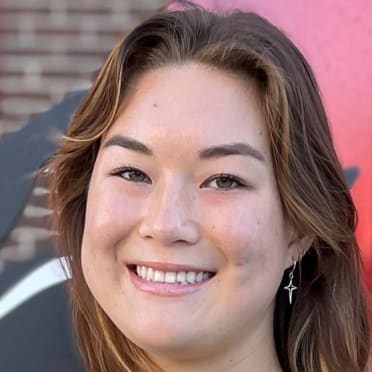The details surrounding Roki Sasaki's early meetings with Major League teams have been minimal, but agent Joel Wolfe made it clear that the Japanese phenom has been determined to approach the process with an open mind.
The efforts to "preserve the integrity of the meeting process," Wolfe said, have included limiting every meeting to the same amount of time -- under two hours -- and having teams meet with them at Wasserman's office in Los Angeles.
Sasaki even requested that no players be present at any initial meetings.
"He wanted to make sure that everything was a fair and level playing field, both for his own decision-making process and for the teams," said Wolfe, speaking to reporters on a Zoom webinar on Monday night.
Considered one of the most talented young pitchers in the world, Sasaki is highly coveted for both his ability on the mound and his relative affordability. Because he is under 25 years old, Sasaki is an amateur international free agent under the Collective Bargaining Agreement. Whichever team signs him will pay a signing bonus from its international bonus pool and hold six years of club control before Sasaki hits unrestricted free agency.
Sasaki was posted by his Nippon Professional Baseball club, the Chiba Lotte Marines, on Dec. 9, which opened a 45-day window for negotiation. The 23-year-old right-hander can sign anytime from Jan. 15 -- when the 2025 international signing period begins -- until the window closes on Jan. 23.
Wolfe shed some light on how he and Sasaki have navigated their first round of meetings -- and how he expects the negotiations to progress.
Which teams are involved?
Twenty teams sent in presentations when Sasaki was posted, and Wolfe noted that it was clear that some clubs had been working on their materials long before the Marines announced their intention to post Sasaki in early November.
Those presentation materials varied widely, including PowerPoint presentations, short films and books. There were also some video messages from players, one way to circumvent the "no players allowed" rule for meetings.
"It was like the Roki film festival," Wolfe said.
Sasaki narrowed down the list from there. Wolfe did not name any teams that Sasaki has met with, or even the number of teams still in the running. According to reports, Sasaki has met with six clubs: the Cubs, Dodgers, Giants, Mets, Rangers and Yankees.
What does Sasaki's timeline look like?
Although Sasaki could arrive at a decision at any point, Wolfe does not think it's likely his client will sign right when the international signing period begins on Jan. 15.
After meeting with teams in the last couple of weeks, Sasaki went home to Japan to mull things over. When he returns to the U.S., it may be time to begin eliminating teams from consideration.
"The next steps will be something in the neighborhood of possibly meeting with one or two additional teams, or narrowing the field, which I think may be more likely," Wolfe said, "and whether or not he wants to visit one or two cities as he tries to finalize the decision-making process."
What are Sasaki's priorities?
One way that Sasaki decided to evaluate teams was by giving those he met with a "homework assignment."
"Without giving the actual details of what that assignment was," Wolfe said, "every team got that very same assignment, and it enabled them to show how they can analyze and communicate information with him, and really showed where he was coming from in analyzing and creating his selection criteria, in looking at different teams."
Wolfe named pitching development as one area Sasaki was specifically interested in, also noting that they had had conversations about market size, location, team success and whether a team already has Japanese players. While Sasaki is weighing every factor, the ultimate goal is to continue his development into one of the world's greatest pitchers.
"I think his experience at [the World Baseball Classic]," Wolfe said, "being around [Yu] Darvish, being around [Shohei] Ohtani, and then seeing [Shota] Imanaga come over and dominate at such a level in the first half, I believe he realized ¡ in order to take it to the next level, he had to come here, play against the best players in the world every day and tap into all the resources that Major League teams have to ¡ help him become one of the best pitchers to ever not just come out of NPB, but to be one of the best pitchers in Major League Baseball.
"That's what he wants, and that's why he came."

